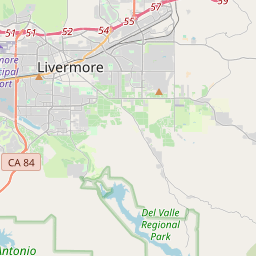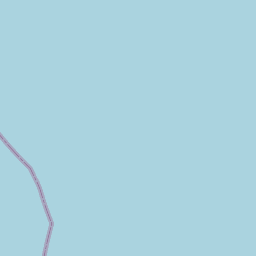South San Francisco Bay Shoreline Project (Phase I) between the Alviso Slough/Guadalupe River and Coyote Creek is underway. Mallard Slough Trail is closed due to construction as well as sections of Alviso Slough Trail at Don Edwards San Francisco Bay National Wildlife Refuge in Alviso California. Construction hours are 7 a.m. to 5:30 p.m., Monday through Friday, and on weekends as necessary, excluding holidays. Construction is scheduled to finish in June 2025. For more information.
Visit Us
Headquarters
1 Marshlands Rd.
Fremont, CA 94555
Phone: 510-792-0222
Vehicle entrance gate
7:00 am - 7:00 pm
Fremont Headquarters/Visitor Center
7:00 am - 5:00 pm
Alviso, Environmental Education Center.
Trails
Open sunrise to sunset.
Location and Contact Information
- Don Edwards San Francisco Bay National Wildlife RefugeView Details1 Marshlands Road Fremont, CA 94555
- Alviso Environmental Education CenterView Details1751 Grand Boulevard San Jose, CA 95002
- Bair IslandView Details680 Bair Island Road Redwood City, CA 94603
- RavenswoodView Details2100 Willow Rd Menlo Park, CA 94025
About Us
The nation's first urban national wildlife refuge national wildlife refuge
A national wildlife refuge is typically a contiguous area of land and water managed by the U.S. Fish and Wildlife Service for the conservation and, where appropriate, restoration of fish, wildlife and plant resources and their habitats for the benefit of present and future generations of Americans.
Learn more about national wildlife refuge sits on the southern end of San Francisco Bay. It is indeed a wildlife oasis in an urban sea. The refuge, created in 1972, was largely the result of grassroots efforts by the local community to protect the San Francisco Bay ecosystem. Today, it provides not only critical habitat for threatened and endangered species, but opportunities for people to enjoy the benefits of nature.
What We Do
Don Edwards San Francisco Bay National Wildlife Refuge was established to preserve and enhance wildlife habitat; protect migratory birds and threatened and endangered species; and provide opportunities for wildlife-oriented recreation and nature study for the surrounding communities.
Our Species
Fifteen habitat types exist on the Don Edwards San Francisco Bay National Wildlife Refuge, contributing to the diversity of wildlife on the refuge. More than 340 plant species and 280 species of birds call the refuge home, and millions of individual birds fly through the area during peak migrations. In addition to plants and birds, the refuge provides habitat for fish, mammals, reptiles, amphibians, and invertebrates!
Get Involved
Whether you want to further conservation, learn more about nature or share your love of the outdoors, you’ve come to the right place. National wildlife refuges provide many opportunities for you to help your community by doing what you love. National wildlife refuges partner with volunteers, youth groups, landowners, neighbors and residents of urban communities to make a lasting difference. Find out how you can help make American lands healthier and communities stronger while doing something personally satisfying.





















